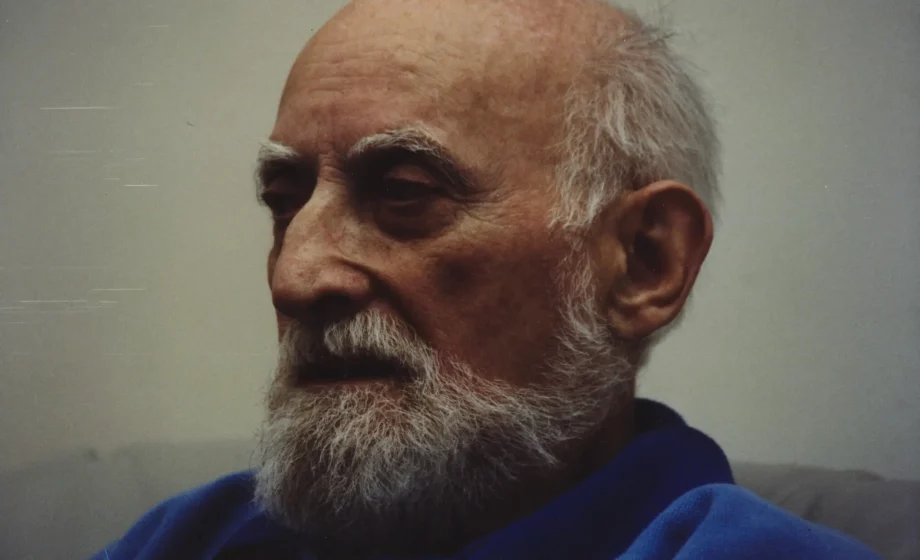The modern artists of the 20th century seemed almost irreparably tied to tragedy. Warhol, Basquiat, Kahlo—but now Jackson Pollock, whose death in a drunken car crash was the bleakly logical endpoint of his struggle with alcoholism, is being examined in a new light. In New York author Alexander Stille’s new book The Sullivanians: Sex, Psychotherapy, and the Wild Life of an American Commune, a strange cult is pointed to as a corrupting influence on the abstract legend before his untimely end.

The Sullivanians—a term used to refer to the “therapy group” of Saul B. Newton, a psychotherapist of bold and controversial theories on interpersonal relationships and mental health. Hailing from Saint John, New Brunswick, Newton went from the University of Wisconsin to Chicago to serving in the Spanish Civil War to being drafted into WW2. He eventually founded the Sullivan Institute for Research in Psychoanalysis in New York with his wife Dr. Jane Pearce, despite the man having zero formal psychiatric training.
Named for their late colleague Harry Stack Sullivan (but widely diverging from his own theories), the Sullivan Institute was composed of hundreds of therapists and patients at points. Newton put forth the idea that traditional family units were the root of mental illness and that an untraditional, non-monogamous life was ideal. Not only this, he pushed individuals to sever ties with their existing families as they joined The Sullivanians. Unsurprisingly, the organization was ripe with abuse towards women in the cult at the hands of Newton.
Jackson Pollock enters the picture via his friendship with art critic Clement Greenberg. During a period of turmoil, Pollock returned to drinking after years of sobriety and became abusive to his wife and fellow artist Lee Krasner. Greenberg pointed them toward Dr. Pearce and the Sullivanians, where the artist was essentially let loose. They encouraged his alcoholism as a means to relieve stress, as well as having public affairs with young women despite his wife’s objection. The two vices went hand in hand when the artist died in a drunken car crash with Ruth Kligman, his lover, surviving, and her friend Edith Metzger also being killed.
Ultimately, it was a lifelong struggle in Pollock’s life that saw him meet his end. The modern art icon battled with an addiction that fuelled his existing rage more often than not. But as Alexander Stille highlights in The Sullivanians, the introduction of the stilted teachings of Saul B. Newton undoubtedly served as a turning point of self-destruction.





